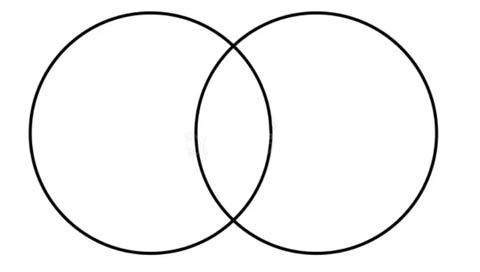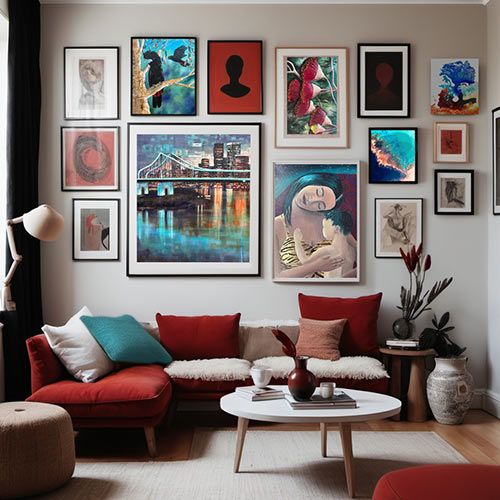Book a FREE Online Art Consultation
Subscribe -Join our Members list for updates, offers & articles
🎁 Get help with your special Christmas Gifts - book a free art consultation (above) 💝
Buying original art when you and your partner have different tastes can be a fun and rewarding challenge 🙄😎. It is a more common challenge than you may think. Here are 10 strategies to help you find pieces that you can both love:
Instead of focusing on specific styles or themes, discuss what art means to both of you. Do you want something that sparks conversation, adds warmth, or has personal significance? Are you looking purely for decoration or do you want to be more profoundly stimulated or inspired over the long term? Finding shared values can help guide your choices.
 |
2. Create a Venn Diagram of Tastes (for each room you are choosing art for)Each of you can list styles/ genres, colours or schemes, and themes you like for that space, then compare to find the overlaps. Even if you have different tastes, there might very well be a middle ground that has not been considered yet.(**This has been our most successful exercise in general.) Number 9, below is my personal favourite strategy for couples. |
Consider deciding mutually that each person can have more influence over certain spaces in the home. For example, one chooses art for the bedroom, while the other has more say in the living room. (this works out best when you have both already undertaken the Venn diagram exercise so you decide their least unappealing options 😉. eg. he wants a nude in the loungeroom, you would never 👎. You drew the straw to choose for the loungeroom, so since you don't mind figure paintings (although your first choice was a floral abstract), so you chose a beautiful figure painting, just not completely nude. )
If commitment is an issue, consider rotating artwork every few months. Renting art before purchasing could also allow you both to test pieces in your space. Since the dimensions are an important criterion for many art choices, we don't use the Placer apps, as they are not particularly accurate. We do very accurate room installations manually for your walls/spaces as requested and then share these in a booked personalised art consultation.
5. Commission a Custom PieceWork with a truly creative artist to come up with a custom piece that blends elements from both of your tastes. This can result in something truly unique and personal. NB. Not every artist will want or be able to do this. We have had some successes and even collaborations to meet specific and unique client needs. 6. Use a "Yes, No, Maybe" SystemEach of you selects a genre first, then look through artworks in that genre together and sort them into “Yes,” “No,” and “Maybe” categories. Focus on the “Maybe” pile to find something that satisfies both of you. This is like another way of doing the Venn diagram, but best suited once you have decided on the genre/ subject & artist already. |
 |
If one prefers abstract art and the other realistic, look for something that combines elements of both (e.g., semi-abstract landscapes, botanical-inspired, ocean-inspired abstracts or stylized/ abstract realism).
Allocate a portion of the art budget mutually to individual selections. This allows each person to pick at least one piece that they love without needing the full approval of the other.
 |
9. Go for a Gallery Wall (Salon Hang)Instead of picking one big piece, we have helped couples curate a suite or gallery wall where both get to contribute selections. Mixing styles can make for an eclectic and dynamic space. You need to find one or two elements in common to bring it all together in the Salon Hang. (eg. one or two recurring colours, same framing approach, or one subject with many different approaches). This a great way to create something dynamic and find the hybrid celebration of your differences. Surprisingly at times, a truly engaging collection can be planned from diverse pieces that find just one or two elements in common. |
Book a free art consultation to get some guidance and assistance in forming your own Venn Diagram.
Book a FREE Online Art Consultation
Subscribe -Join our Members list for updates, offers & articles
🎁 Get help with your special Christmas Gifts - book a free art consultation (above) 💝
